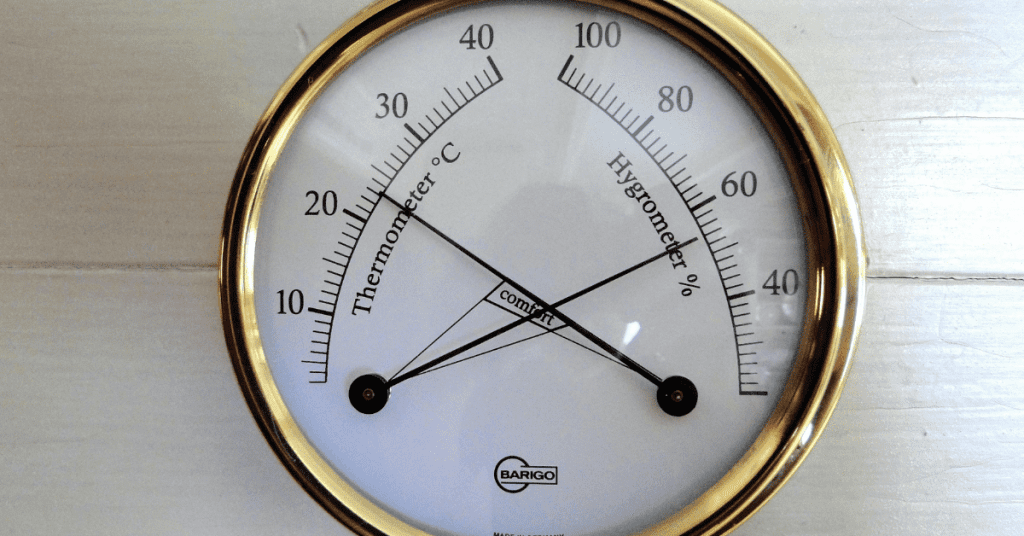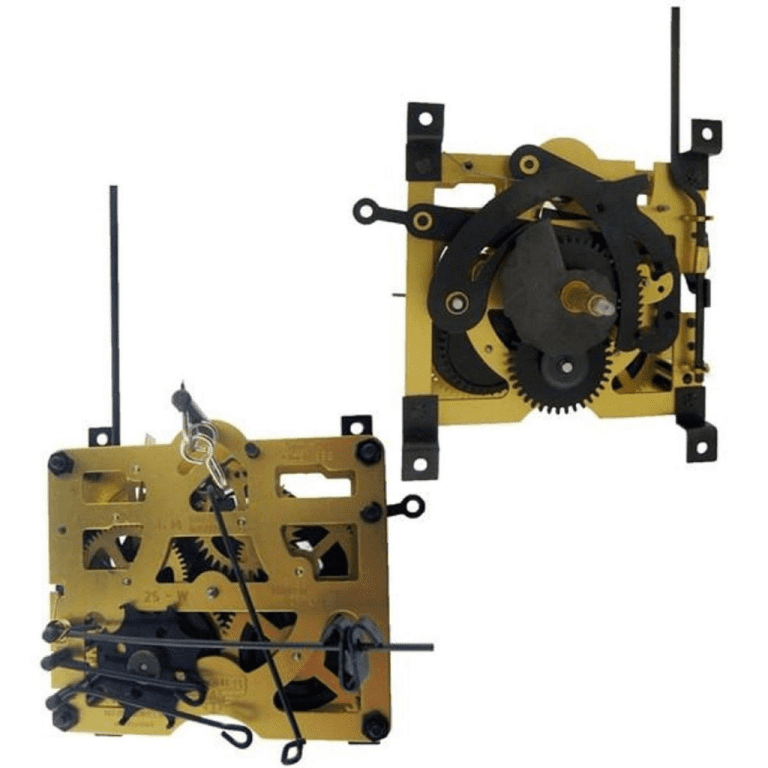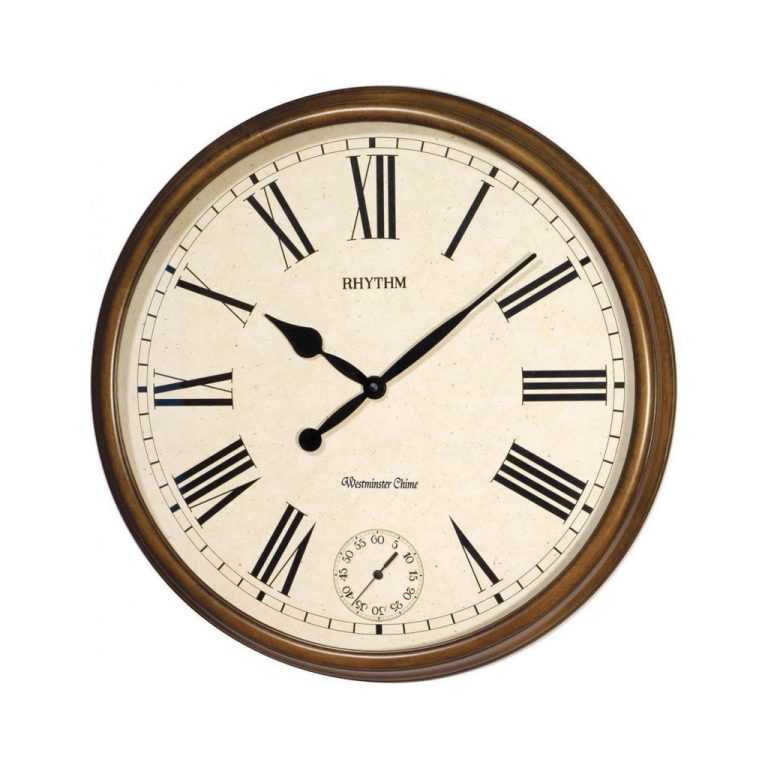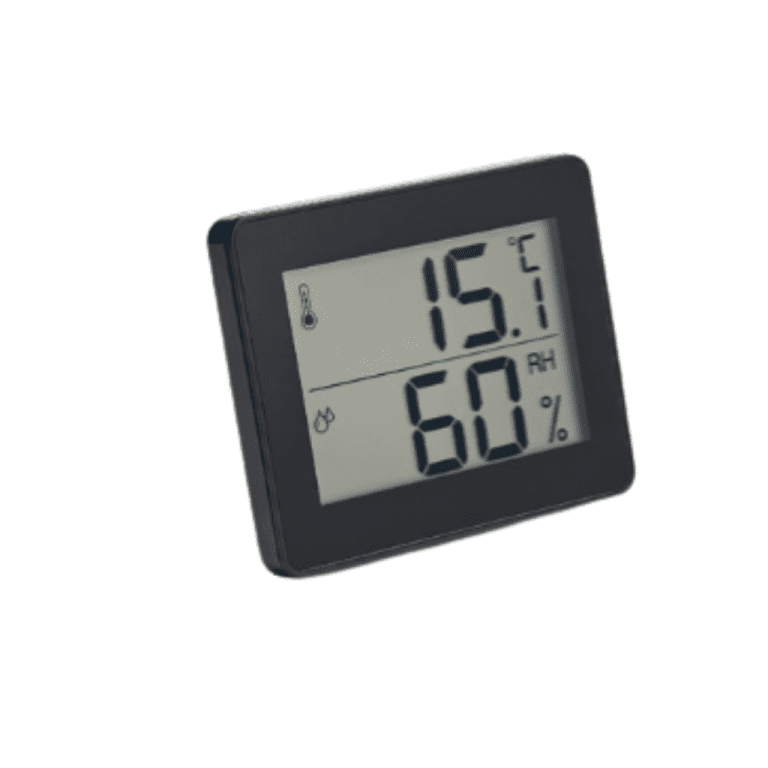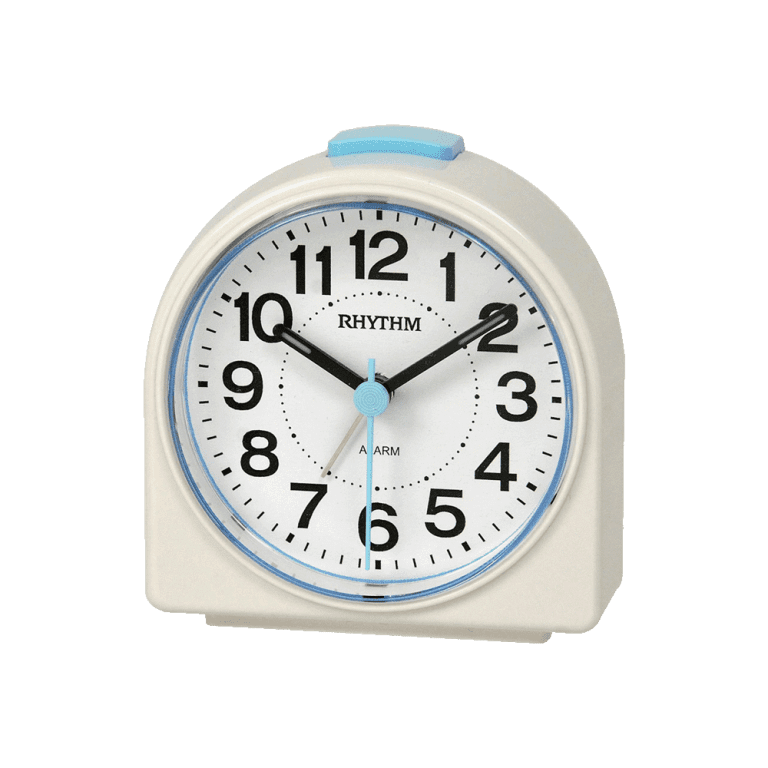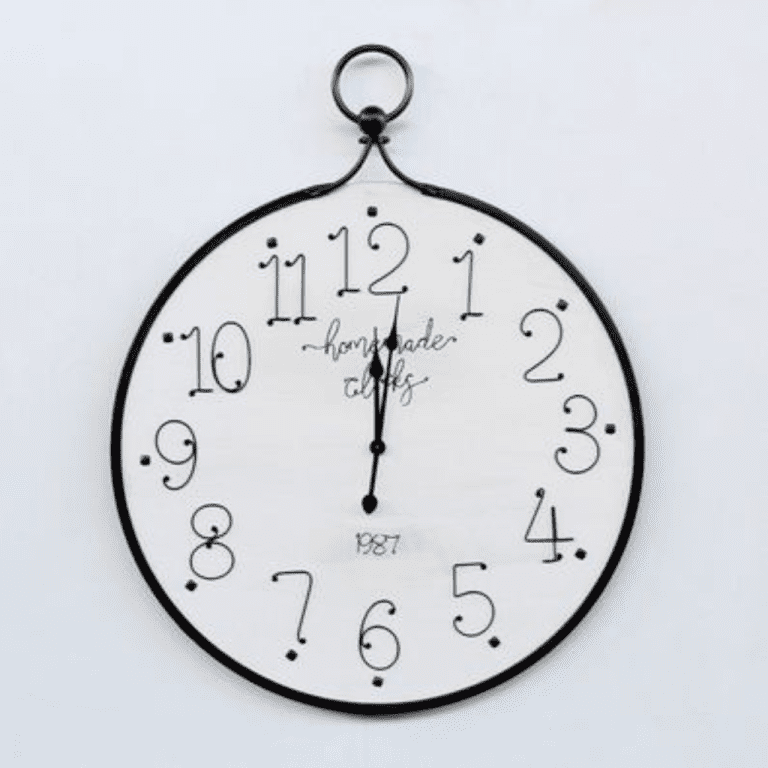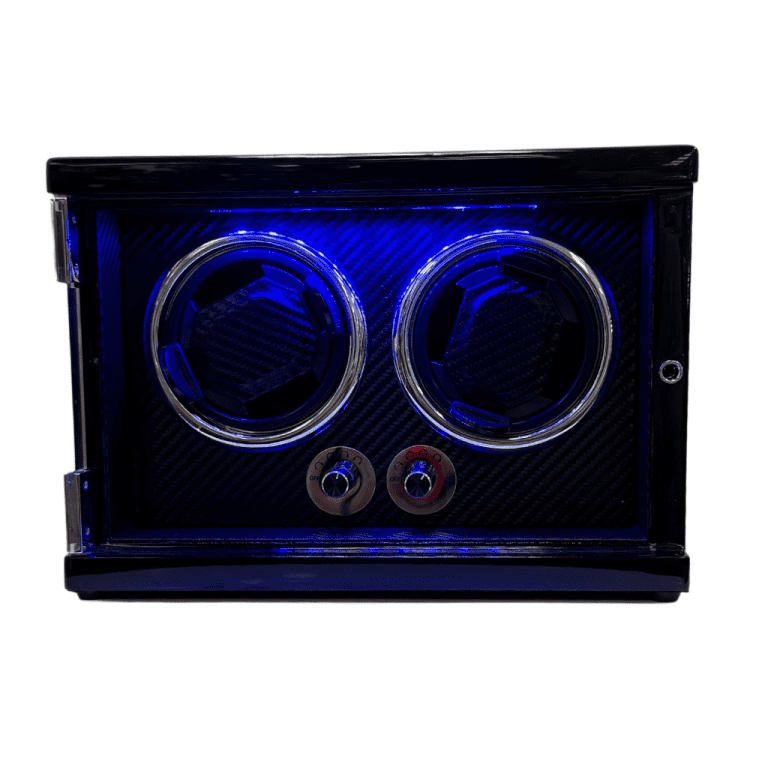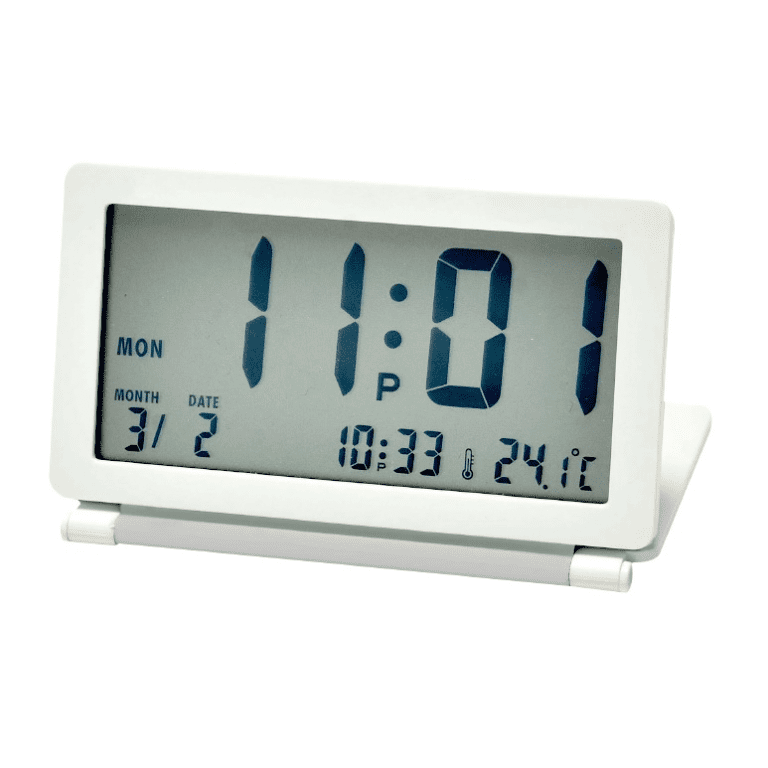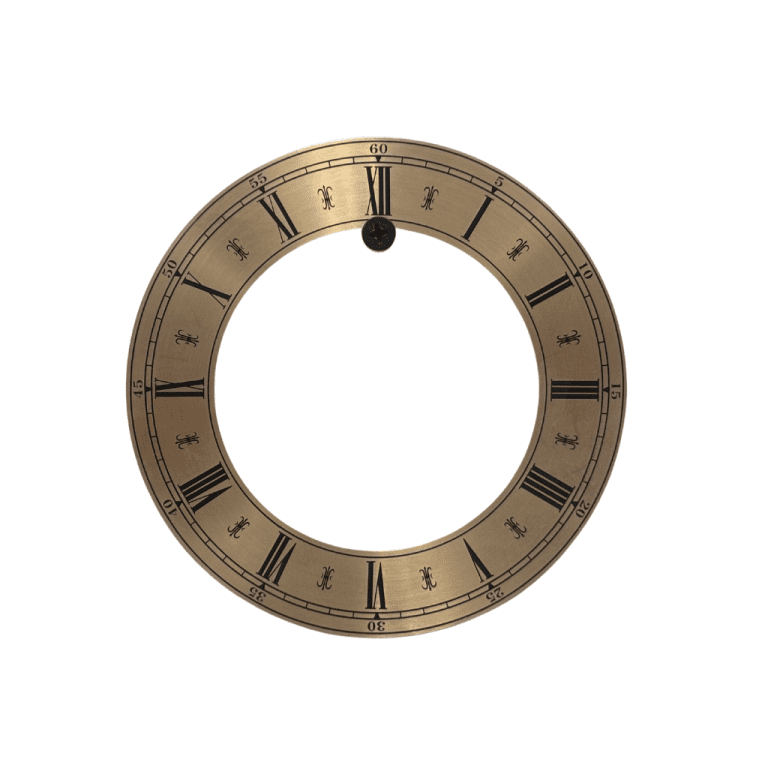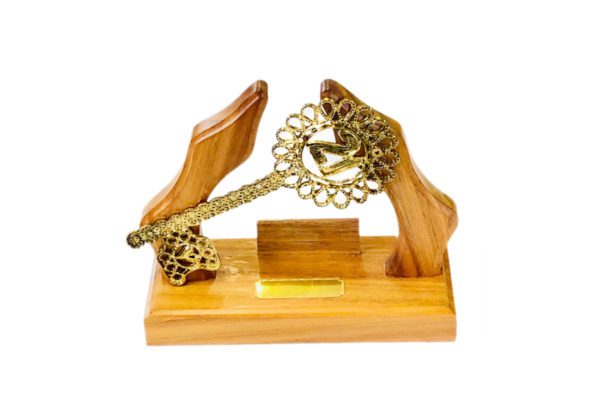Possibly the first humidity sensor came into the world in 1450, when a German philosopher and astronomer constructed a hair hygrometer, in a design which was subsequently drawn by Leonardo da Vinci in 1480.
The science and technology-obsessed Ferdinand de Medici II, the Grand Duke of Tuscany, built the first condensation hygrometer in 1657. Then, in 1853, the French physicist August Bravais invented a humidity sensor that he called “the whirling psychrometer”, which consisted of one wet bulb and one dry bulb thermometer mounted on an arm. The latter could be rotated through the air on an axis which acted as a handle, detecting moisture as it moved. The moisture content was calculated by means of a formula based on the different readings on the two thermometers.
The Finnish company Vaisala developed and patented the “Humicap” humidity sensor in 1973. This was a thin film of water vapour-sensitive polymer which changed its electrical capacitance in response to fluctuations in atmospheric moisture.
Since then, technological advances have yielded a wide range of different forms of humidity sensors, including:
- Saturated lithium chloride sensors – in which the salt acts as the moisture-sensing medium
- Phosphorous pentoxide electrolytic sensors – the desiccant phosphorous pentoxide converts an electrolytic process upon an applied voltage into a reading of water vapour content
- Colour-change sensors – in which a material such as cobalt chloride will change colour in relation to atmospheric water content
- Spectroscopic sensors – which rely on the infrared absorbance of water droplets in the atmosphere
- Adiabatic expansion sensors – which detect the dew point when air cools during expansion and produces fog
- Acoustic sensors – which detect alterations in the transmission of sound in air as a reflection of changes in humidity
How to Test Humidity Without a Hygrometer?
A simple test of relative humidity can be done by using a clear glass filled with iced water. This is by no means an accurate form of measurement, but it will give you a rough idea of how high or low relative humidity is.
The idea is that the glass filled with ice-cold water is left to stand for a measured time. You would then check the level of condensation that has formed on the outside of the glass. If you find a lot of condensation on the glass it indicates a high level of relative humidity whereas a small amount of condensation implies a lower level of humidity.
The principle relies on the humidity level in the atmosphere condensing on the cold surface of the glass. The more water that is present in the atmosphere results in you seeing more water condensing on the glass. This method can only be used as an indication of how much humidity there is in the atmosphere as there is no actual measure of relative humidity. If you’re after a more accurate form of measurement, a hygrometer is ideal.
Credited to:https://uk.rs-online.com/

